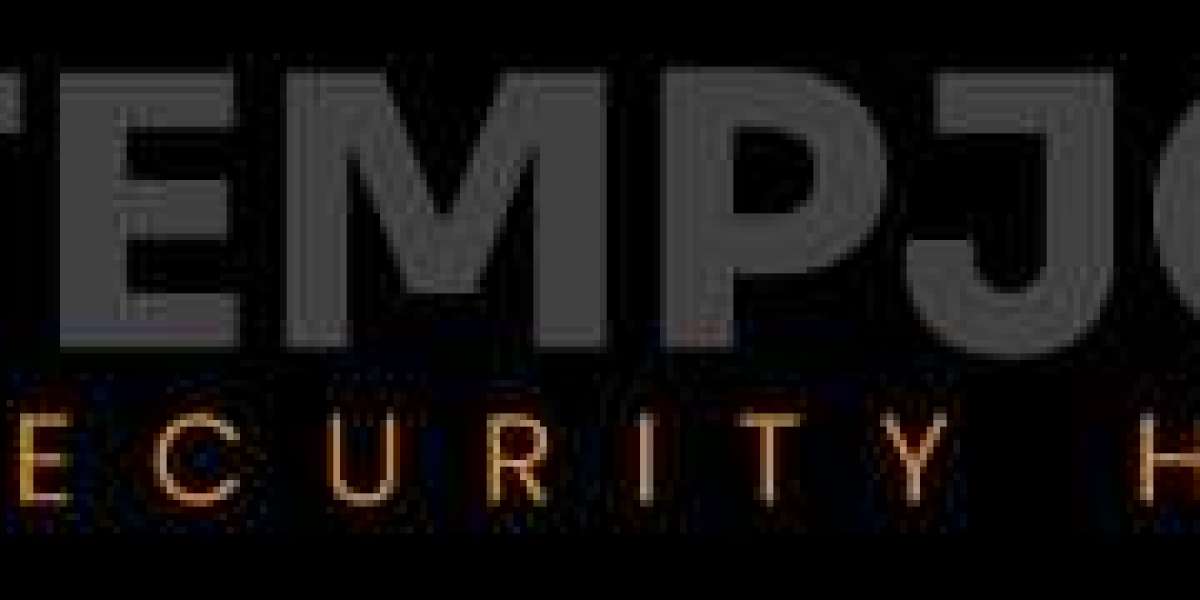In today’s rapidly changing educational landscape, the need for school improvement has become more pressing than ever. Traditional top-down methods of reform are giving way to more collaborative, inclusive approaches that engage all stakeholders — educators, students, parents, and communities — in the change process. One of the most effective approaches gaining traction is the adoption of Collective Action Strategies for Schools.
At Mantra4Change, we believe that empowering schools through collective action creates sustainable transformation. By fostering a shared vision and leveraging the collective expertise of all stakeholders, schools can break barriers, innovate, and continuously evolve to meet the diverse needs of learners.
Understanding Collective Action in Education
Collective Action Strategies for Schools refer to coordinated efforts where various stakeholders come together to address challenges and create opportunities for learning and growth. Rather than isolated initiatives or fragmented projects, collective action thrives on shared responsibility, mutual trust, and a commitment to long-term goals.
Key components of effective collective action in schools include:
- Shared vision and goals
- Collaborative leadership
- Community engagement
- Continuous dialogue and feedback loops
- Resource sharing and mutual accountability
These strategies move beyond traditional models where the responsibility of school transformation lies solely on the principal or a small team. Instead, they democratize leadership and distribute ownership among a broader network of contributors.
Why Collective Action Matters for School Improvement
Successful school improvement requires not just changes in policies and curricula but a cultural shift within the school ecosystem. Here’s why collective action is vital:
- Holistic Problem Solving: Schools face multifaceted challenges that need diverse perspectives. Collective action pools the knowledge and experiences of different stakeholders, leading to more comprehensive solutions.
- Increased Buy-in and Ownership: When stakeholders are actively involved in shaping initiatives, they are more committed to seeing them succeed. This collective ownership increases the sustainability of improvement efforts.
- Capacity Building: Collaborative strategies promote professional development and leadership skills among teachers, students, and community members alike.
- Resilience and Adaptability: Schools that embrace collective action are better equipped to adapt to changing circumstances and external challenges.
Collective Action Strategies for Schools: A Blueprint for Change
Implementing Collective Action Strategies for Schools requires thoughtful planning and genuine commitment. Here are some key strategies to drive meaningful and lasting school improvement:
1. Building a Shared Vision
The starting point for any collective effort is a shared vision of what the school aspires to become. This vision must be co-created with input from teachers, students, parents, and community partners. At Mantra4Change, our facilitation processes involve participatory workshops where diverse voices contribute to crafting this vision.
A clear, inspiring vision serves as the North Star, guiding all actions and decisions. It also fosters alignment and coherence across the entire school community.
2. Creating Collaborative Leadership Structures
Effective collective action demands leadership that is collaborative rather than hierarchical. Schools can establish leadership teams comprising teachers, students, parents, and support staff who jointly plan, implement, and monitor initiatives.
Distributed leadership ensures that different perspectives are considered and that leadership responsibilities are shared. It builds a sense of empowerment among all members of the school community, enhancing engagement and innovation.
3. Facilitating Open Communication
Strong communication channels are essential for collective action. Regular meetings, town halls, surveys, and feedback loops allow stakeholders to voice concerns, share ideas, and celebrate successes. Open dialogue fosters trust and transparency, which are crucial for sustaining collective efforts.
Moreover, communication should be two-way and continuous, not just during the initial stages of an initiative but throughout its lifecycle.
4. Engaging the Community
Schools do not operate in isolation. Families, local businesses, non-profits, and civic institutions all have a stake in educational outcomes. Inviting community members to participate in school initiatives — whether through volunteering, mentorship, funding support, or advisory roles — can significantly strengthen collective action.
Mantra4Change actively encourages schools to identify local champions who can advocate for and bolster school improvement efforts beyond the school gates.
5. Promoting Collaborative Professional Development
Teachers are the backbone of any educational system. Investing in their continuous professional growth through collaborative learning models like Professional Learning Communities (PLCs) is vital. PLCs encourage teachers to share best practices, observe peer lessons, co-plan curricula, and reflect on student outcomes together.
Such collective learning not only enhances instructional practices but also fosters a culture of continuous improvement within schools.
6. Data-Driven Decision Making
Reliable data is crucial for identifying needs, tracking progress, and adjusting strategies. Schools must involve stakeholders in data collection and analysis processes. When teachers, parents, and students collectively examine academic performance, attendance patterns, and school climate surveys, they develop a shared understanding of the challenges and opportunities.
At Mantra4Change, we advocate for "data walks" — collaborative sessions where stakeholders review school data together and brainstorm actionable next steps.
7. Celebrating Milestones
Acknowledging and celebrating small wins keeps morale high and sustains momentum. Whether it’s improved student attendance, a successful community event, or a creative classroom project, every achievement should be recognized and shared widely. Celebrations reinforce a sense of accomplishment and collective pride.
Mantra4Change: Catalyzing School Improvement through Collective Action
At Mantra4Change, our core philosophy centers around building Collective Action Strategies for Schools to catalyze school improvement. Through our School Transformation Programs, we work closely with school leaders, teachers, students, and communities to co-create solutions tailored to local contexts.
Our approach involves:
- Conducting needs assessments collaboratively
- Facilitating vision-building and goal-setting workshops
- Establishing collaborative leadership teams
- Supporting the formation of Professional Learning Communities
- Connecting schools with community partners
- Monitoring and adapting strategies based on stakeholder feedback
We have seen first-hand that when schools embrace collective action, transformation becomes not just possible but inevitable.
Success Stories: Collective Action in Action
In one of our partner schools in Bengaluru, the adoption of collective action strategies led to remarkable outcomes. Teachers formed subject-specific PLCs that designed innovative lesson plans and shared teaching strategies. Parents actively participated in school committees and initiated programs to improve student attendance. Students took ownership of school beautification projects and peer mentoring activities.
Within two years, the school recorded significant improvements in academic performance, attendance, and community engagement. Most importantly, there was a palpable shift in the school culture — from one of isolation and compliance to collaboration and empowerment.
Conclusion
Sustainable school improvement is not about isolated interventions or quick fixes; it is about building resilient, inclusive, and collaborative school ecosystems. Collective Action Strategies for Schools offer a powerful framework for achieving this transformation.
At Mantra4Change, we are committed to walking alongside schools on their journey of collective growth. By fostering a spirit of collaboration, nurturing leadership at all levels, and connecting schools with the wider community, we envision a future where every school is a thriving hub of learning, innovation, and opportunity.
Together, through collective action, we can unlock the true potential of every school and every learner.


